Viet Nam
Economic opportunities and sustainable management of natural forests
“My mother took me into the forest as soon as I was able to walk and I will do the same for my daughters.”
As the morning mist rises lazily over the green mountains, Lo Lo May straps her straw-woven basket on her back and heads into the surrounding forest with her sister and the other women of Chu Kan Ho village. The 33-year-old mother of three belongs to the ethnic Dao minority whose lives are inextricably linked with the magnificent nature that abounds in Lao Cai, a province in the northwest of Viet Nam known for its mountains, rivers, waterfalls and ethnic hill tribes.
The women, clad in vibrant Dao red headdresses, possess valuable indigenous knowledge of the medicinal plants that can be found in the forest to cure ailments from headaches to fever to pregnancy pains. “My mother took me into the forest as soon as I was able to walk,” says May. “And I will do the same for my daughters. This tradition has been passed on for generations in our community.”
In Viet Nam, most people use traditional medicine for healing, and 90 percent of active ingredients come from forests. Nearly 4,000 species of plants in Viet Nam can be used for medicine, like Ardisia silvestris (lá khôi tía) that eases stomachache and Polyscias fruticosa (dinh lang) that supports digestion. Yet only five percent of these plants are currently collected and commercialized. With domestic revenues estimated at $1.5 billion USD, Viet Nam still imports $1.7 billion USD annually of medicinal plants despite its biological and natural potential to be fully self-sufficient and a global export leader.
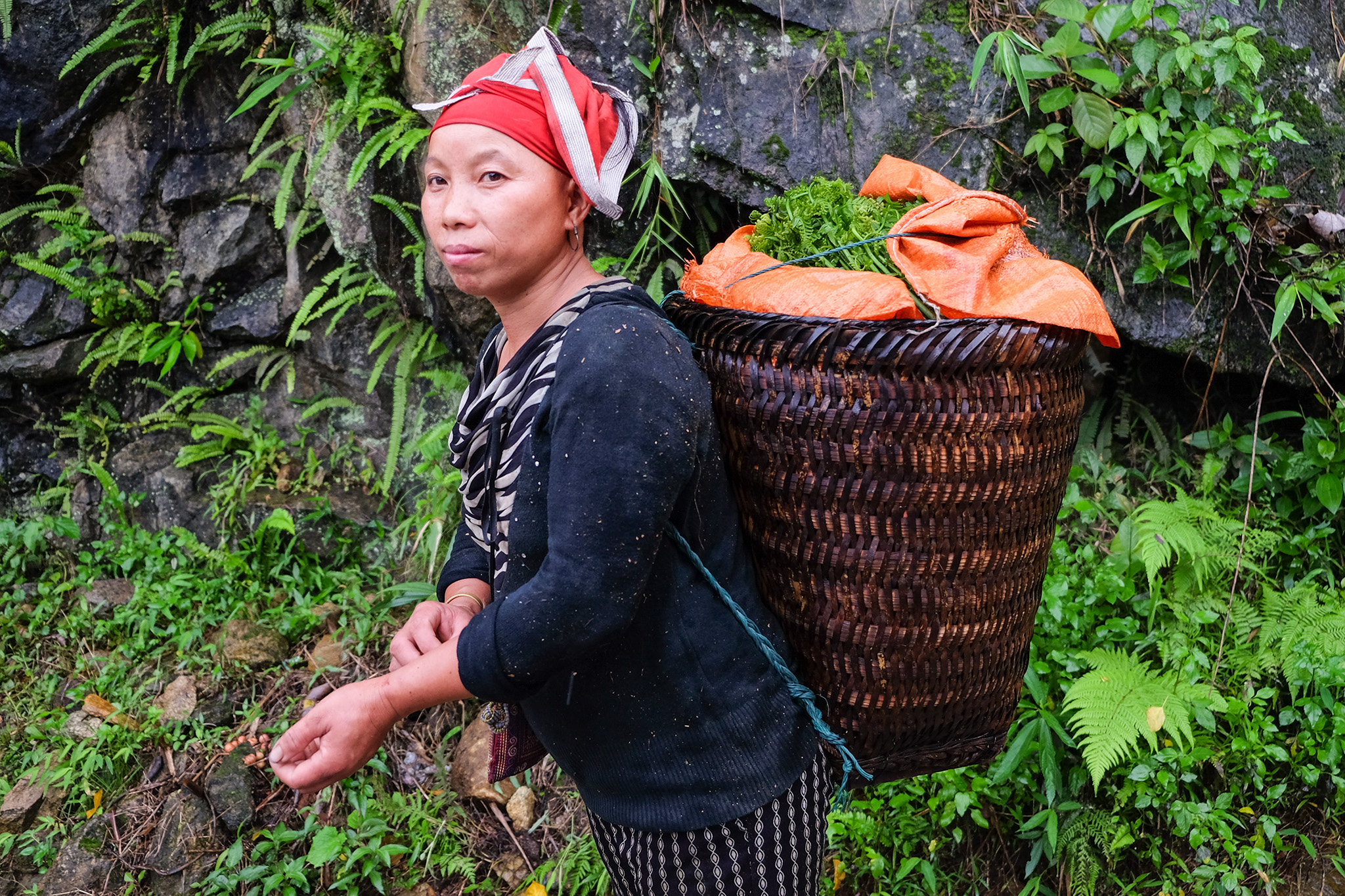
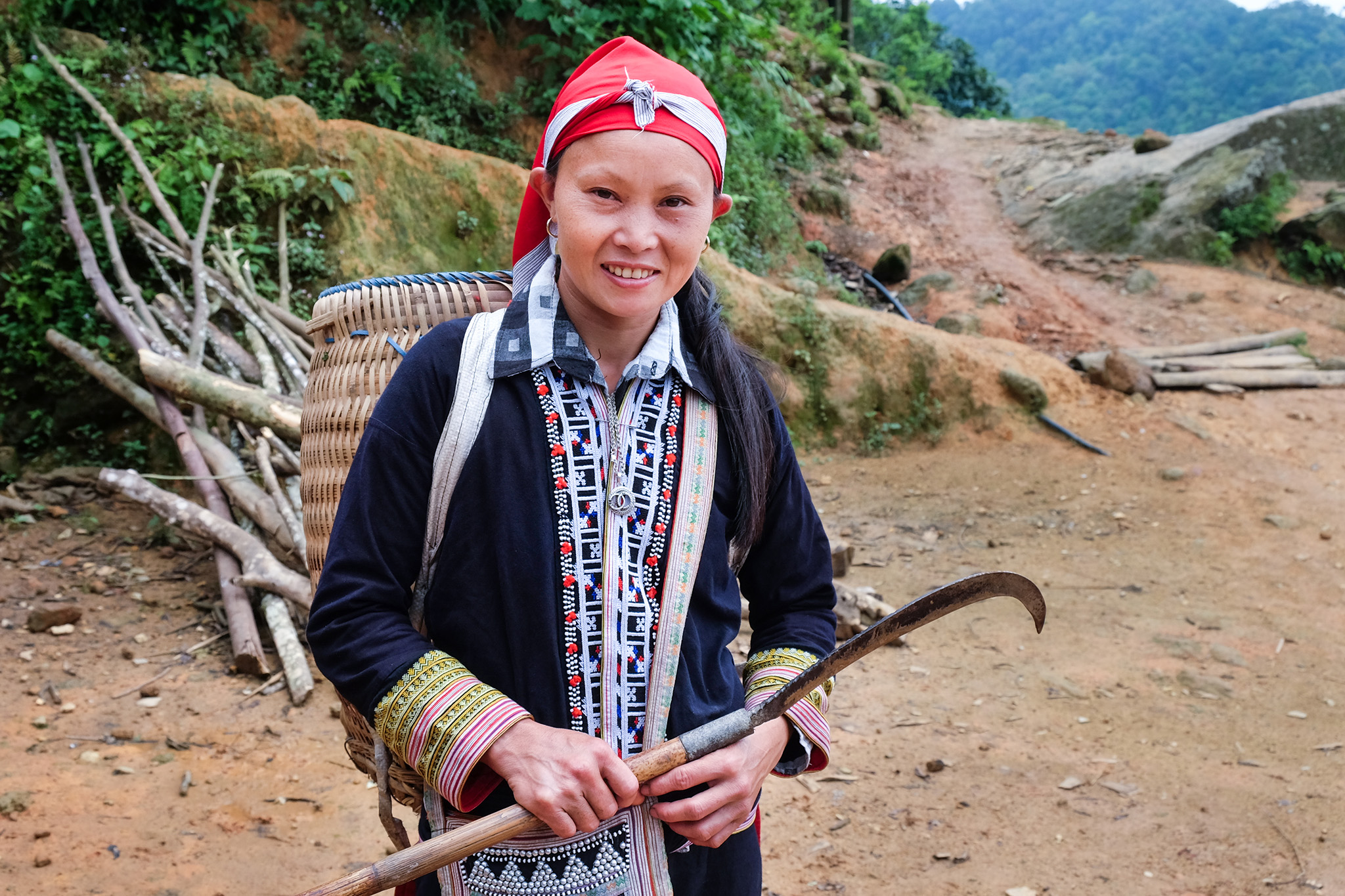
Incentivizing forest conservation
Forests cover some 41 percent of Viet Nam’s national territory today. 71 percent are natural forests, and 29 percent are plantations. However, the value and contribution of forests to the national economy only stands at a modest one percent. Thus while natural forests provide valuable timber and non-timber forest products, as well as essential ecosystem services, many communities still view them as a barrier to economic development rather than an opportunity due to a lack of viable economic incentives.
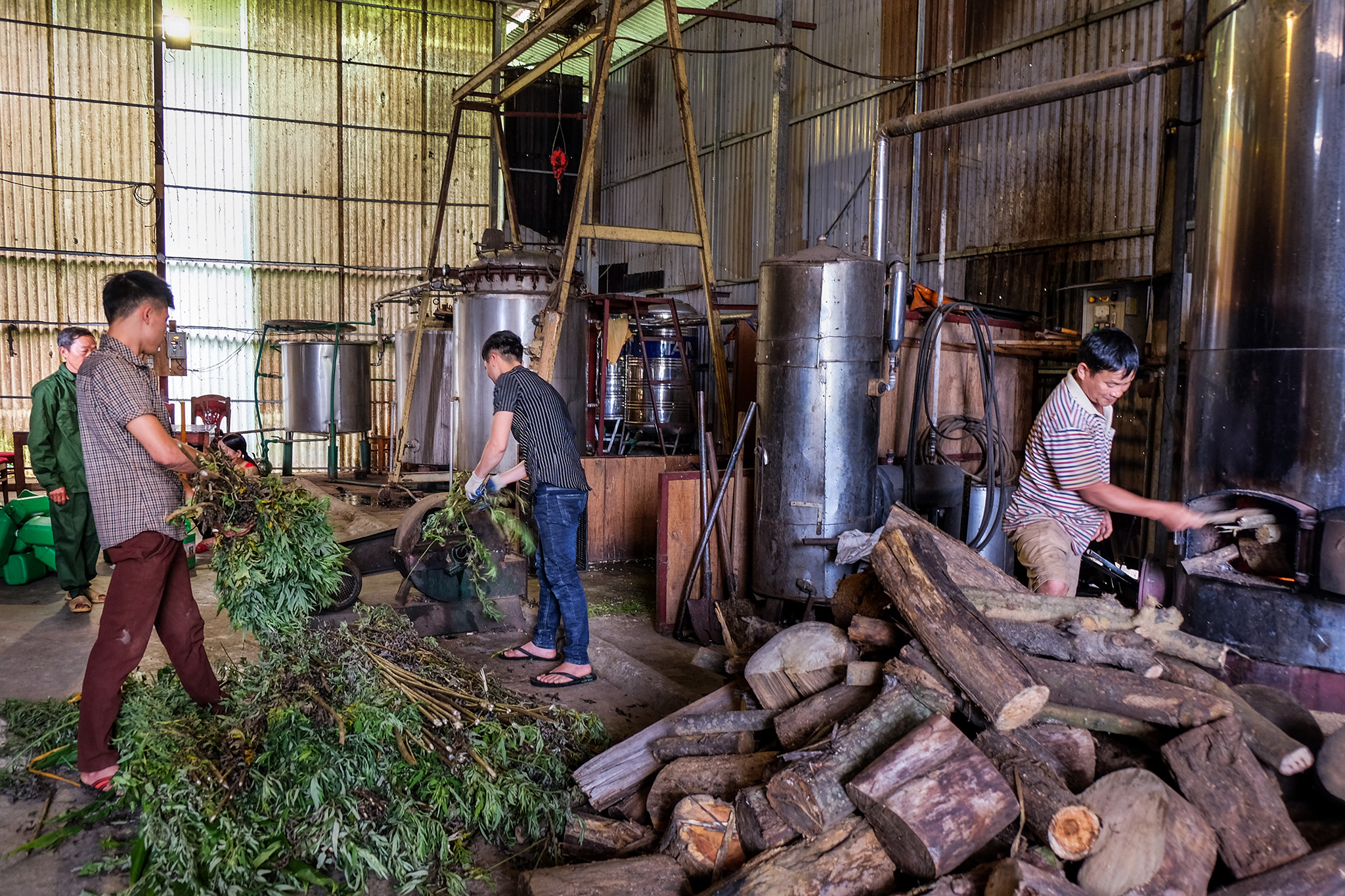
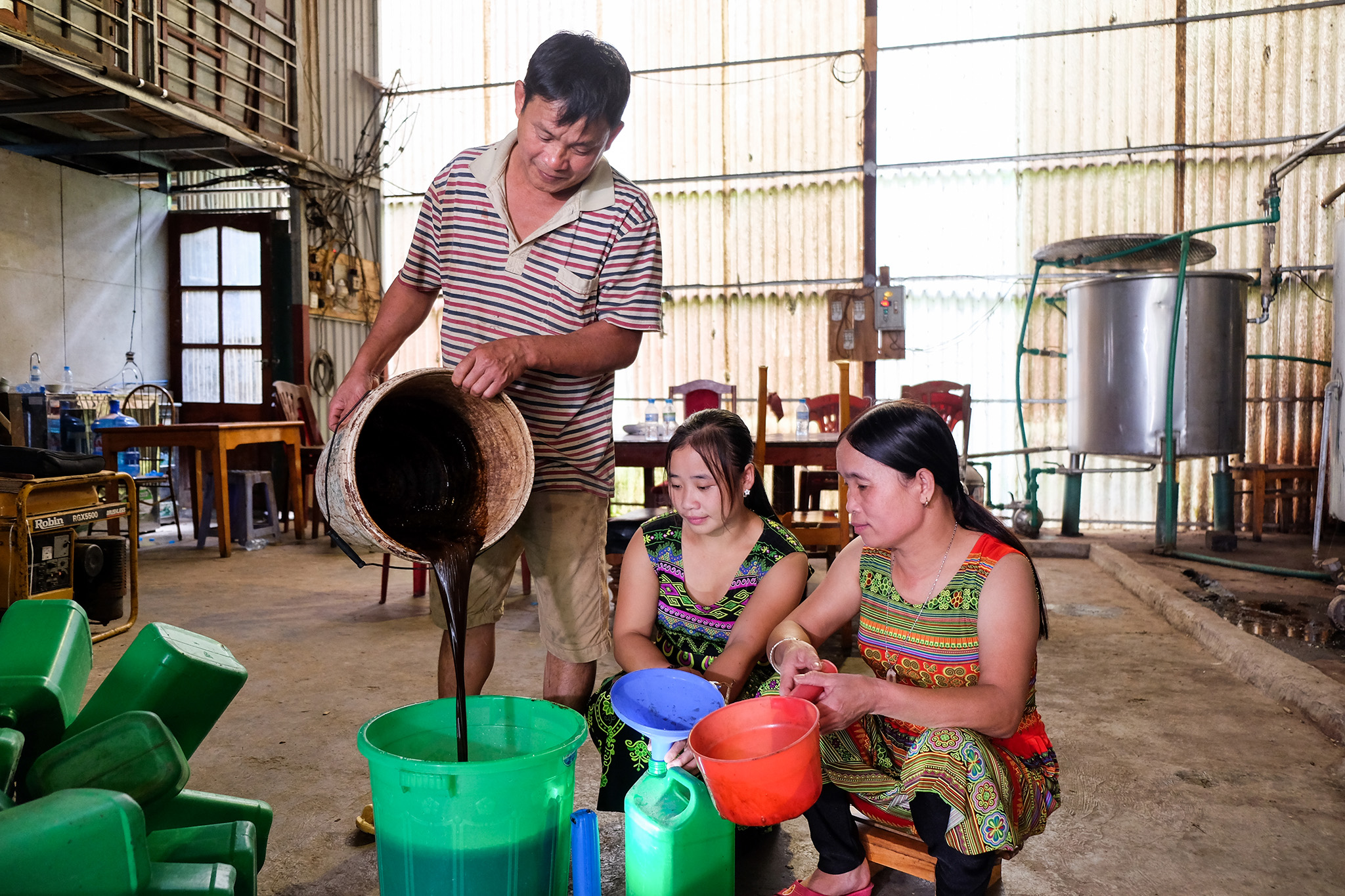
To remedy this, the UN-REDD Vietnam Phase II Programme has been actively working with the Government of Vietnam to develop the market and partnerships for natural forest-based economic models. In Lao Cai province, public-private partnerships are being piloted between provincial governments, ethnic minority communities and businesses selling traditional medicine that are managed and harvested with respect to traditional knowledge and practices.
“Nearly 25 million people in Viet Nam are living in and around forest areas, and most of them are from the 53 ethnic minorities,” says Ms. Nguyen Thi Thu Thuy, the National Deputy Programme Director of the UN-REDD Viet Nam Phase II Programme and the REDD+ focal point at the country’s Ministry of Agriculture and Rural Development. “The involvement of these ethnic minorities is therefore crucial not just for REDD+ activities, but also for nature conservation and the improvement of local livelihoods.”
Linking ethnic minorities with the private sector
Lao Cai is one of the six provinces where the UN-REDD Viet Nam Phase II Programme is operating. In Tong Sanh Commune, where Lo Lo May lives, the Programme is engaging with a private company called Sapa Green whose business depends on its collaboration with the Dao ethnic communities. The Vietnamese company manufactures traditional herbal medicine and bathing solutions that it sells to spas across the country, as well as promoting them in its own hotel located in the tourist town of Sapa. This activity was implemented in July 2017 as one of 14 community forest development activities for the province under the UN REDD Viet Nam Phase II Programme.
“The indigenous people here are very poor. The poverty rate is between 20 and 30 percent among the Dao,” says Mr. To Manh Tien, Vice Director of Lao Cai’s Department of Agriculture and Rural Development, and Chairman of the Lao Cai REDD+ Provincial Program Management Unit (PPMU). “The key driver of deforestation in this area is agricultural production because the people cut forests to grow cassava and corn. However, they make very little income from these crops, so we wanted to teach them about sustainable forest management and how to have better alternative livelihoods.”
“We depend on the forests for our income,” says Lo Lo May. “We used to sell vegetables like cucumbers and corn, but we realized how much more money we could earn from selling traditional medicinal herbs once the UN-REDD Programme activity started.” What’s more, it’s much easier for her physically, as she doesn’t need to till the land or apply fertilizer. She only needs to go into the forest and harvest them.
In 2017, the forests in her commune were allocated to the local communities for their own management in an effort to increase local stakeholder participation. The REDD+ PPMU helped the indigenous people develop sustainable forest management plans to access the forest to collect non-timber forest products, including traditional medicine. Nearly 2,000 people were involved in this process.
“The biggest change we have seen is that people are now aware of the importance of forest protection in Lao Cai,” says Mr. Tien. “People didn’t know how to harvest the plants in a sustainable way, so the Programme is helping them to learn. Now, they understand what part of the medicinal plants should be left to survive and which ones on the brink of extinction should be cultivated in gardens.”
“I want to contribute to developing the livelihoods of local people and to conserve their traditional knowledge.”
Tran Thanh Phung, the owner of Sapa Green, is famous for his commitment to working harmoniously with ethnic communities, and has been collaborating with the Dao people for the past 30 years. Since 2017, Mr. Phung has received assistance from the UN-REDD Programme to provide technical support and training to the Dao people on harvesting the medicinal plants sustainably from the forests.
“I want to contribute to developing the livelihoods of local people and to conserve their traditional knowledge,” he says. “In addition to my hotel staff of 200, I work with 45 households in this commune to source the herbal plants, so some 300 additional people are involved in my company’s value chain.”
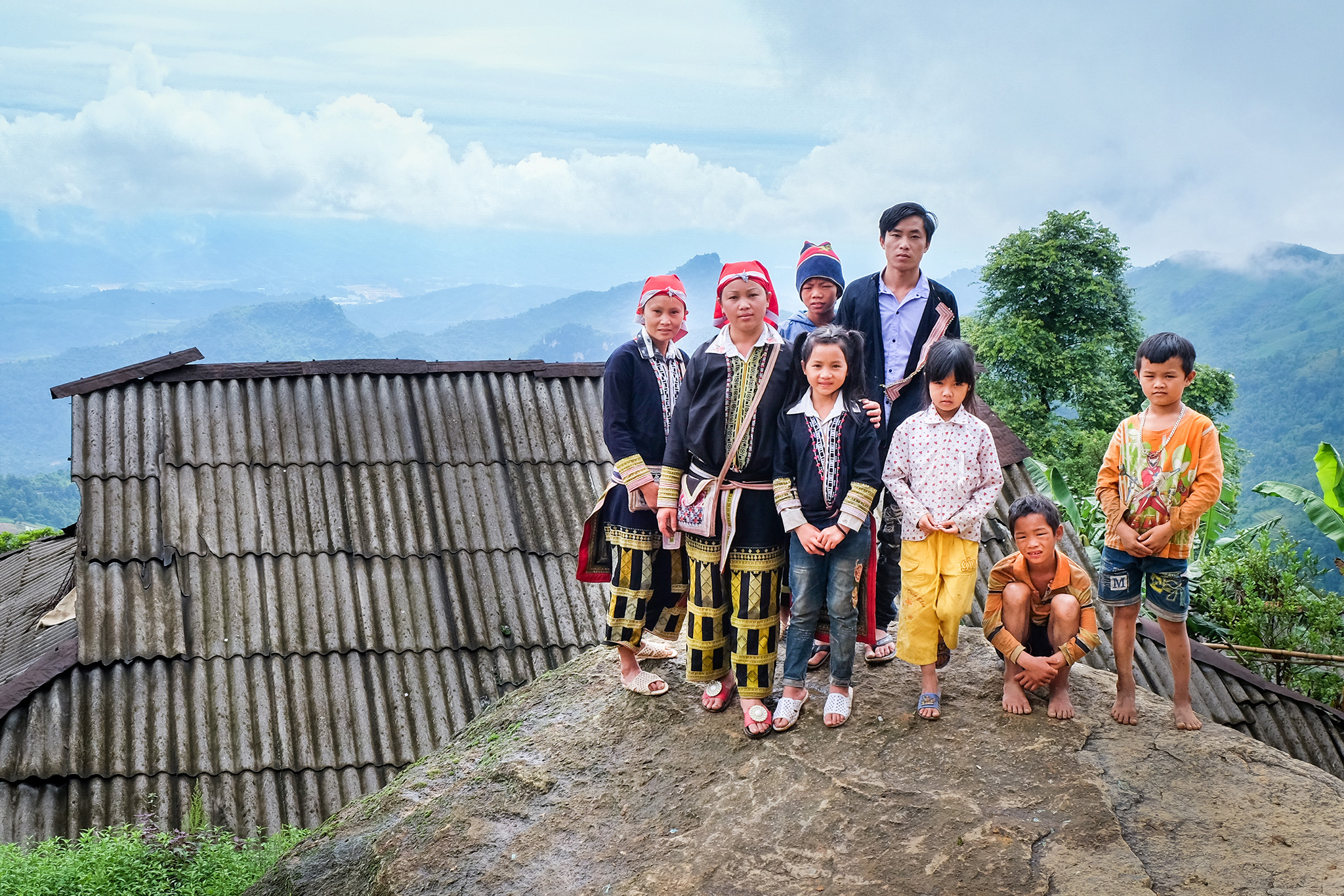
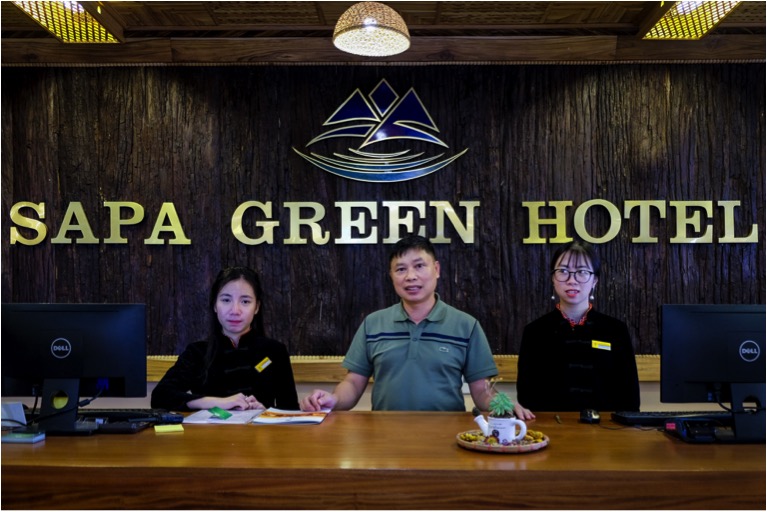
Helping people and forests
Medicinal plants can offer a practical solution to address climate change by preserving Viet Nam’s natural forests while boosting the country’s economic development by involving the ethnic minorities that collect and process these plants who are among the poorest and most vulnerable. The market for medicinal products with ingredients like dinh lang is booming nationally and internationally from neighboring China and beyond, with estimated global market demand increasing by 15 percent annually.
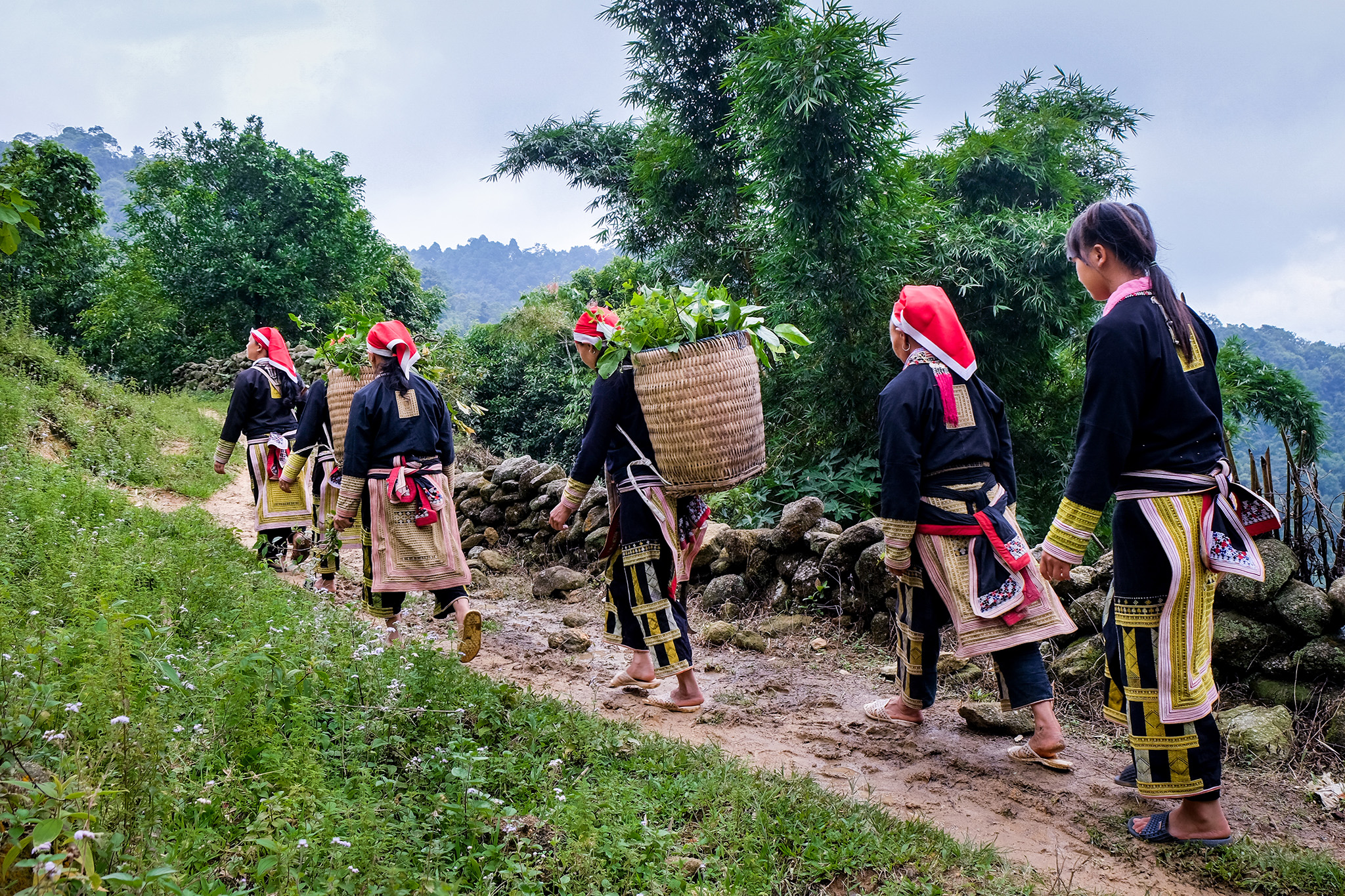
The UN-REDD Programme, jointly convened by FAO, UNDP and UN Environment, has been working closely with the Government of Viet Nam to develop relevant policies, mechanisms and the overall readiness and action plan for REDD+ implementation for nearly a decade. When Viet Nam joined the global UN-REDD initiative in 2009, it was one of the nine original national programmes. Phase I, which ran from 2009 to 2012, focused not only on getting “REDD+ ready,” but also on contributing to reducing emissions from deforestation and forest degradation nationally and regionally. Phase II, from 2013 to 2018, focuses on enhancing Viet Nam’s ability to benefit from future results-based payments for REDD+ and undertaking transformational changes in the forestry sector, including making the link between the conservation of natural forests with the rural development of its ethnic minorities.
By: Leona Liu, Regional Communications Specialist for Asia & the Pacific, UN-REDD Programme.
As a former TV reporter for leading global media (Reuters, Arte, France 24), she is passionate about storytelling for impact, and using strategic communications as a conduit to connect like-minded people to accelerate positive action in the fields of forestry, environment and sustainability.